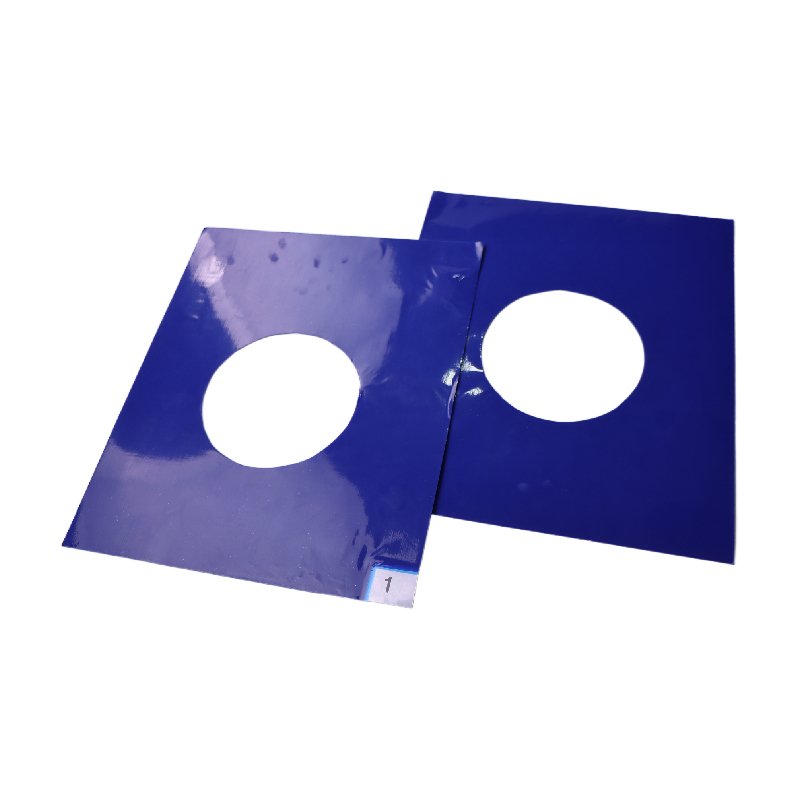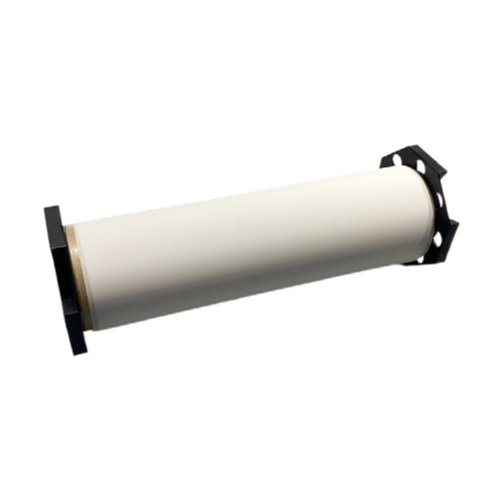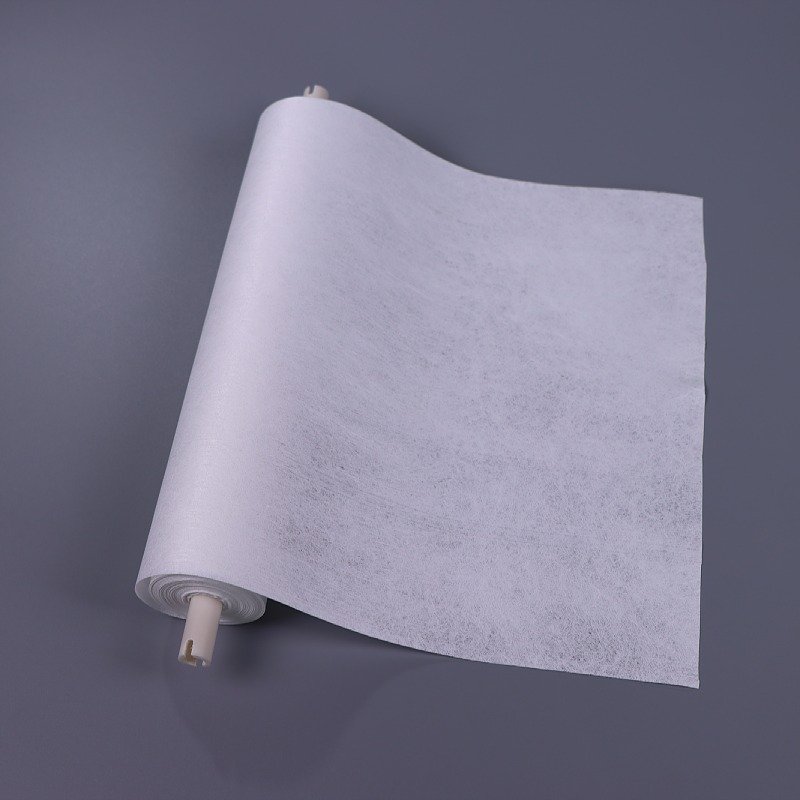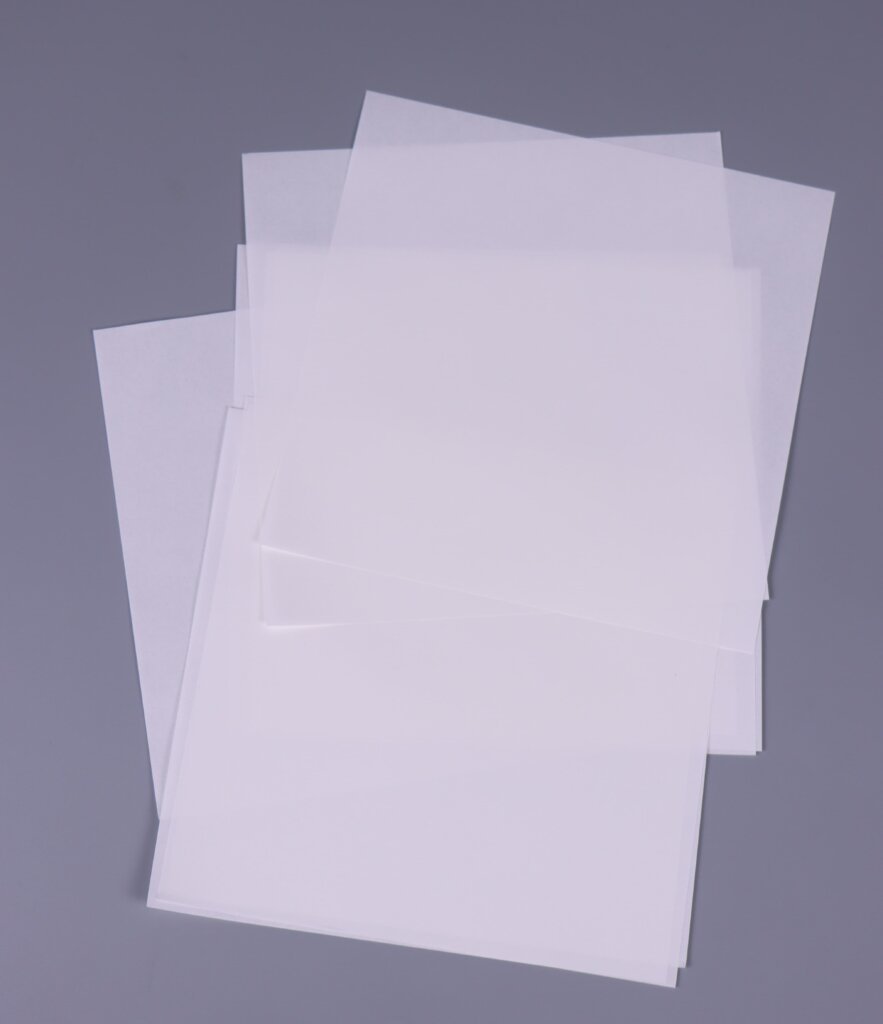Cleanroom wipes may look simple, but the materials behind them play a vital role in contamination control. Two of the most commonly used nonwoven fabrics in cleanroom wipes are spunlace and meltblown, each offering different strengths for different tasks. In critical environments where particle control, absorption, and cleanliness are non-negotiable, choosing the right material can directly impact product yield, safety, and regulatory compliance.
So, what sets spunlace apart from meltblown, and how do you decide which is best for your cleanroom?
What Are Spunlace and Meltblown Nonwovens?
Spunlace (hydroentangled) nonwovens are made by entangling fibers—typically polyester, viscose (rayon), or a blend—using high-pressure water jets. This mechanical bonding process creates a strong, flexible web without chemical binders or thermal bonding.
Meltblown nonwovens are produced by extruding molten polymer (commonly polypropylene) through fine nozzles and rapidly cooling it with high-velocity air streams. The result is an ultrafine microfiber structure with a high surface area and dense web.
| Feature | Spunlace | Meltblown |
|---|---|---|
| Bonding method | Hydroentangling (water jets) | Air-blown thermoplastic microfibers |
| Fiber diameter | ~10–40 microns | ~0.5–5 microns |
| Typical base material | Polyester, rayon | Polypropylene |
| Texture | Soft, cloth-like | Thin, papery, or stiff |
| Common wipes | Polyester-cellulose blends | Polypropylene meltblown wipes |
Key Performance Differences
1. Particle Shedding & Cleanliness
-
Meltblown wipes tend to shed fewer microfibers during use because their web structure is dense and thermally bonded.
-
Spunlace wipes, while strong, can release more particles if not properly processed, especially if they contain rayon or natural fibers.
For ISO Class 5–6 cleanrooms, meltblown is generally the safer bet for minimizing airborne particulate risks. However, spunlace wipes with laser-cut edges and post-cleanroom laundering can still meet stringent requirements.
2. Absorbency
-
Spunlace wipes excel in absorbency due to their open, hydrophilic fiber network, especially when blended with cellulose or rayon.
-
Meltblown wipes absorb quickly but tend to have lower capacity and may deform or delaminate when oversaturated.
In environments with frequent spill cleanup or IPA solvent wiping (e.g., pharma and biotech), spunlace is often preferred.
3. Solvent Compatibility
-
Spunlace polyester-cellulose blends can tolerate most alcohol-based solvents but degrade under strong oxidizers.
-
Meltblown polypropylene is chemically inert to a wide range of acids, bases, and solvents, making it better suited for aggressive chemical use in semiconductor fabs or aerospace maintenance.
4. Durability and Tear Strength
-
Spunlace wipes provide better tensile strength and flexibility, especially when wet.
-
Meltblown wipes are more fragile and prone to tearing under tension.
This makes spunlace more suitable for repetitive surface scrubbing or polishing.
Application Scenarios: Which Material Fits Best?
| Use Case | Recommended Material |
|---|---|
| Medical Device Assembly | Meltblown (low lint, chemical resistance) |
| Pharmaceutical Manufacturing | Spunlace (high absorbency, good IPA compatibility) |
| Semiconductor Cleanrooms | Meltblown (low shedding, static resistance with ESD coating) |
| Optical Lens Cleaning | Spunlace (soft texture, no scratching) |
| Cleanroom Gowning Area | Either, depending on the ISO class and task |
Common Misconceptions
“Spunlace is always cleaner because it feels like cloth.”
Not necessarily. While spunlace feels soft and premium, its particle shedding and binding method matter more. For Class 5 or cleaner, only validated spunlace wipes—often pre-laundered and double-bagged—should be used.
“Meltblown is too fragile for industrial cleaning.”
True for raw meltblown, but when reinforced (e.g., SMS: spunbond-meltblown-spunbond composites), meltblown wipes can become more robust without losing cleanliness.
Emerging Trend: Hybrid Materials
Modern wipes increasingly blend technologies—such as spunlace with microfiber overlays or meltblown with electrostatic charge treatments—to combine the benefits of strength, absorbency, and ultra-low lint. These hybrid designs are gaining traction in nanotech manufacturing, EV battery assembly, and precision optics.
Choosing the Right Wipe
When selecting between spunlace and meltblown wipes, ask:
-
What ISO classification must the wipe meet?
-
Will the wipe be used wet or dry?
-
Is chemical compatibility important?
-
How critical is abrasion resistance or tactile softness?
There’s no one-size-fits-all answer, but understanding the material structure, performance profile, and process demands will help you choose the most effective solution.
Final Thoughts
Both spunlace and meltblown materials have their place in cleanroom operations. Spunlace offers absorbency, strength, and comfort, making it a go-to for general cleaning and spill control. Meltblown excels in low particle generation and solvent resistance, ideal for ultra-critical environments.
The best material is not the one with the most features, but the one that aligns most closely with your cleanroom’s specific demands.




